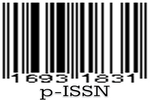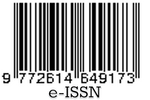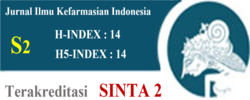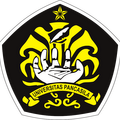Isolasi dan Identifikasi Jenis Senyawa Flavonoid dalam Fase n-Butanol Daun Murbei (Morus alba L.) secara Spektrofotometri
Abstract
Murbei (Morus alba L.), suku Moraceae adalah salah satu tanaman yang tumbuh di Indonesia dan banyak digunakan dalam pengobatan secara tradisional. Daun murbei banyak mengandung senyawa kimia seperti flavonoid yang menunjukkan berbagai khasiat farmakologi dan aktivitas biologi. Tujuan penelitian ini untuk mengetahui senyawa flavonoid yang terdapat pada daun murbei. Berdasarkan hasil pemeriksaan penapisan fitokimia dari fase n-butanol daun murbei menunjukkan adanya senyawa flavonoid, saponin, tanin dan kumarin. Telah dilakukan isolasi dan identifikasi senyawa flavonoid dalam fase n-butanol dari ekstrak metanol daun murbei dengan cara kromatografi kertas menggunakan eluen n-butanol-asam asetat-air (4:5:1). Hasil identifikasi dengan spektrofotometer ultraviolet-cahaya tampak diduga mengandung senyawa flavonoid, yaitu isolat NB III merupakan senyawa flavonol dengan gugus OH pada posisi 5, 4’, dan o-diOH pada cincin A serta gugus prenil pada posisi 6. Isolat NB IV merupakan senyawa flavonol dengan gugus OH pada posisi 5, 4’, dan o-diOH pada cincin A serta gugus prenil pada posisi 6. Isolat NB V merupakan senyawa flavonol dengan gugus o-diOH pada cincin A (6,7 atau 7,8). Isolat NB VI merupakan senyawa dihidroflavonol dengan adanya gugus o-diOH pada cincin A (6,7 atau 7,8) dan gugus OH pada posisi 4’.
Licencing
All articles in Jurnal Ilmu Kefarmasian Indonesia are an open-access article, distributed under the terms of the Creative Commons Attribution-NonCommercial-ShareAlike 4.0 International License which permits unrestricted non-commercial used, distribution and reproduction in any medium.
This licence applies to Author(s) and Public Reader means that the users mays :
- SHARE:
copy and redistribute the article in any medium or format - ADAPT:
remix, transform, and build upon the article (eg.: to produce a new research work and, possibly, a new publication) - ALIKE:
If you remix, transform, or build upon the article, you must distribute your contributions under the same license as the original. - NO ADDITIONAL RESTRICTIONS:
You may not apply legal terms or technological measures that legally restrict others from doing anything the license permits.
It does however mean that when you use it you must:
- ATTRIBUTION: You must give appropriate credit to both the Author(s) and the journal, provide a link to the license, and indicate if changes were made. You may do so in any reasonable manner, but not in any way that suggests the licensor endorses you or your use.
You may not:
- NONCOMMERCIAL: You may not use the article for commercial purposes.
This work is licensed under a Creative Commons Attribution-NonCommercial-ShareAlike 4.0 International License.

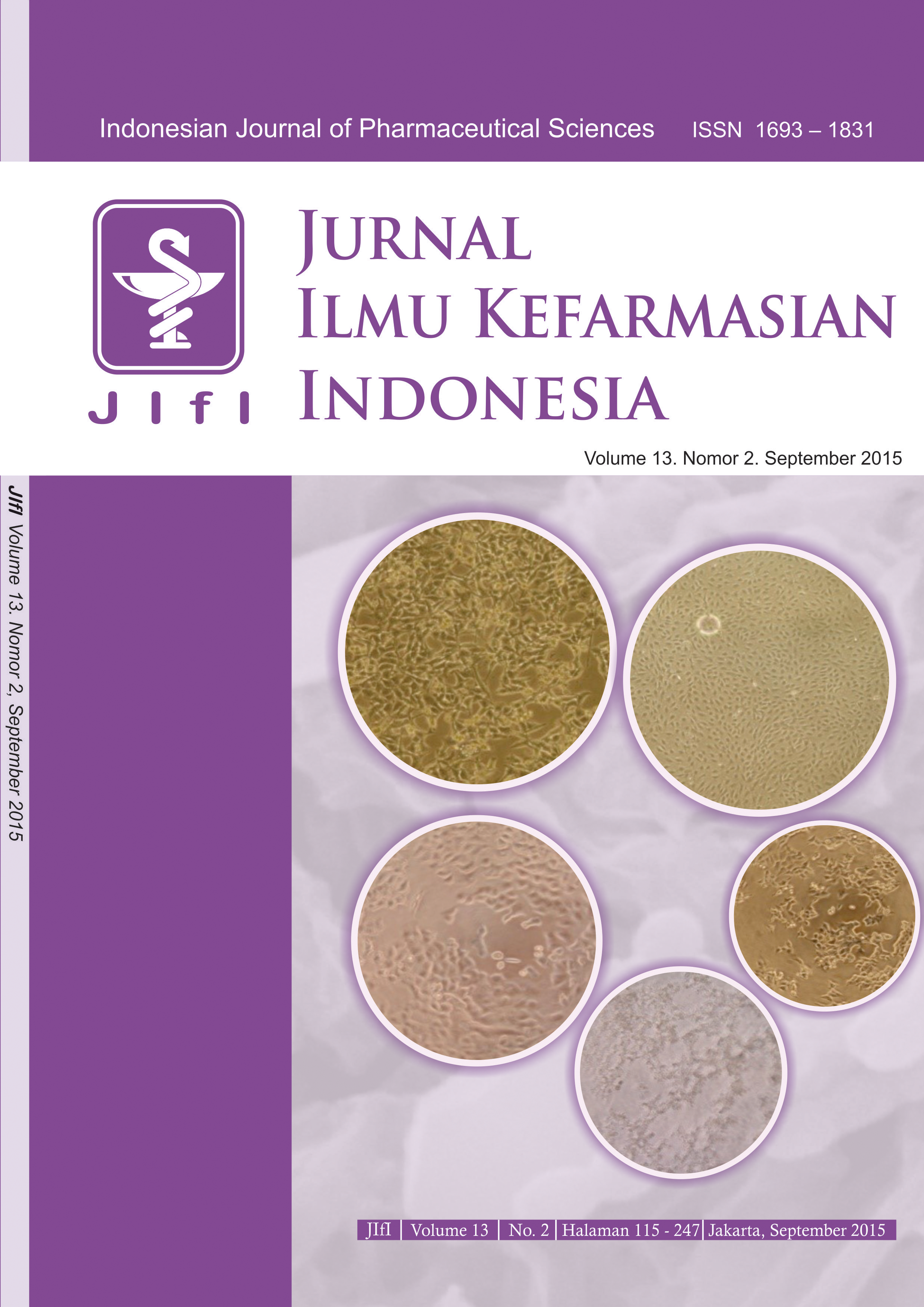



 Tools
Tools

